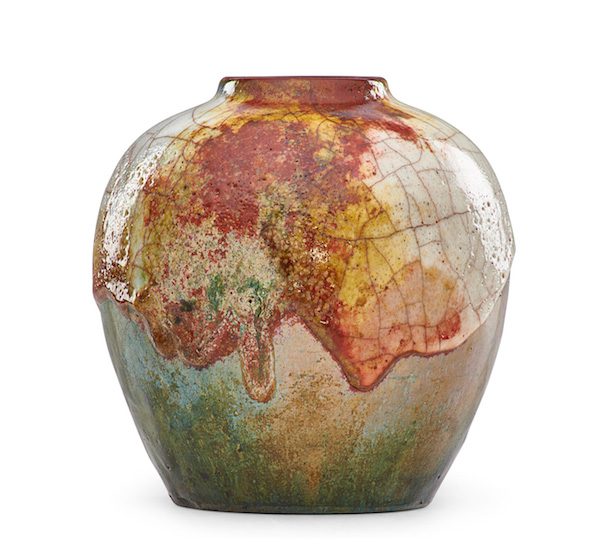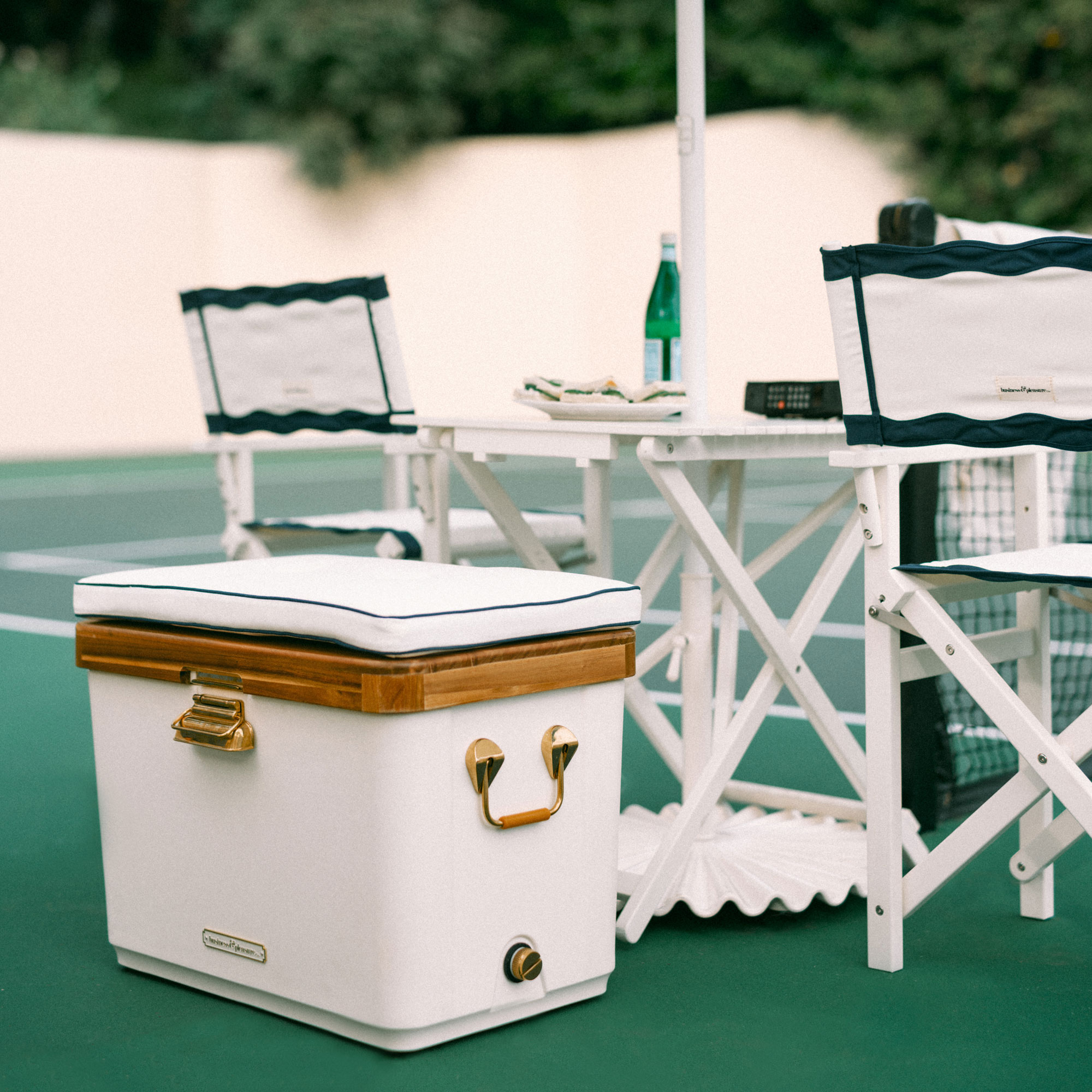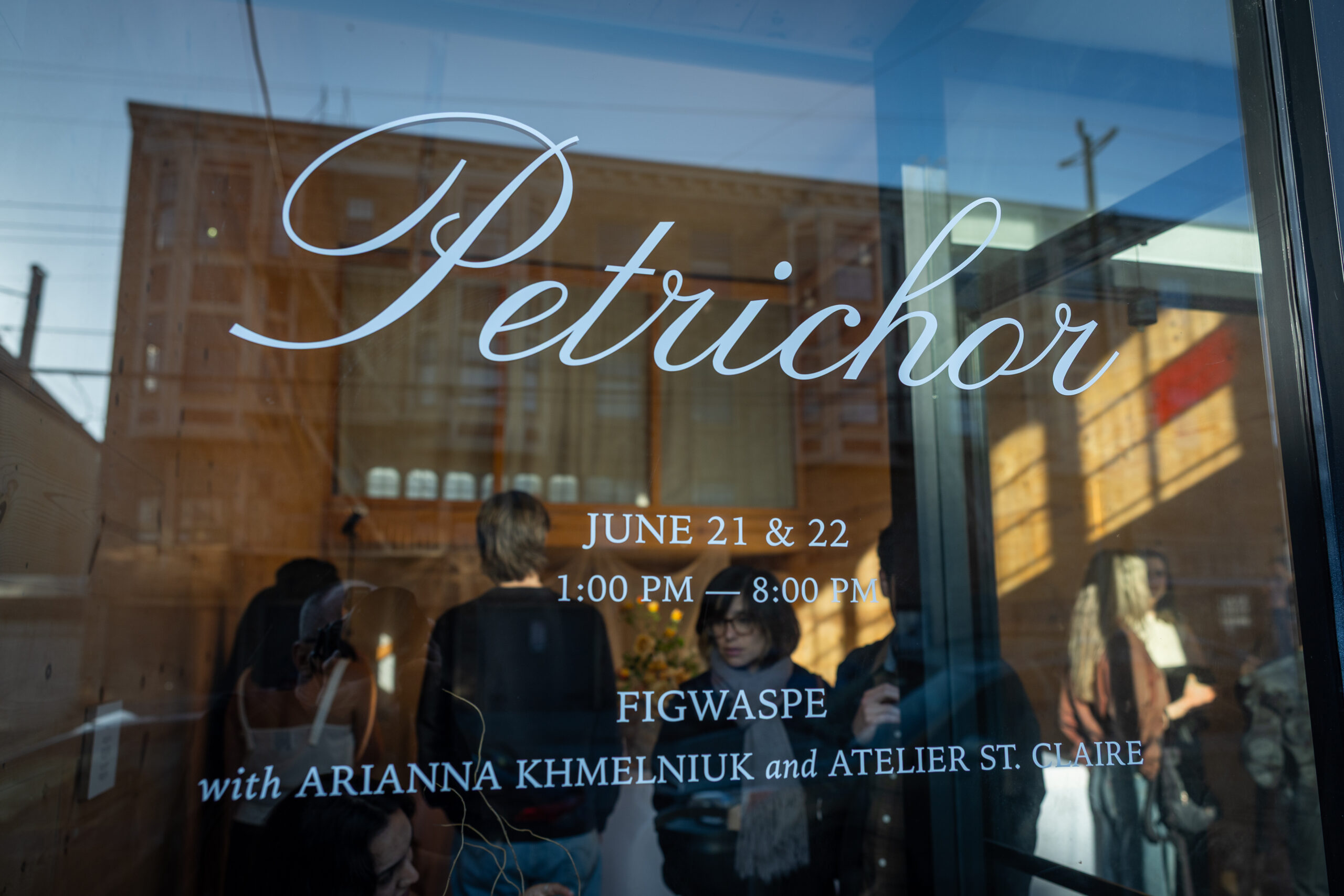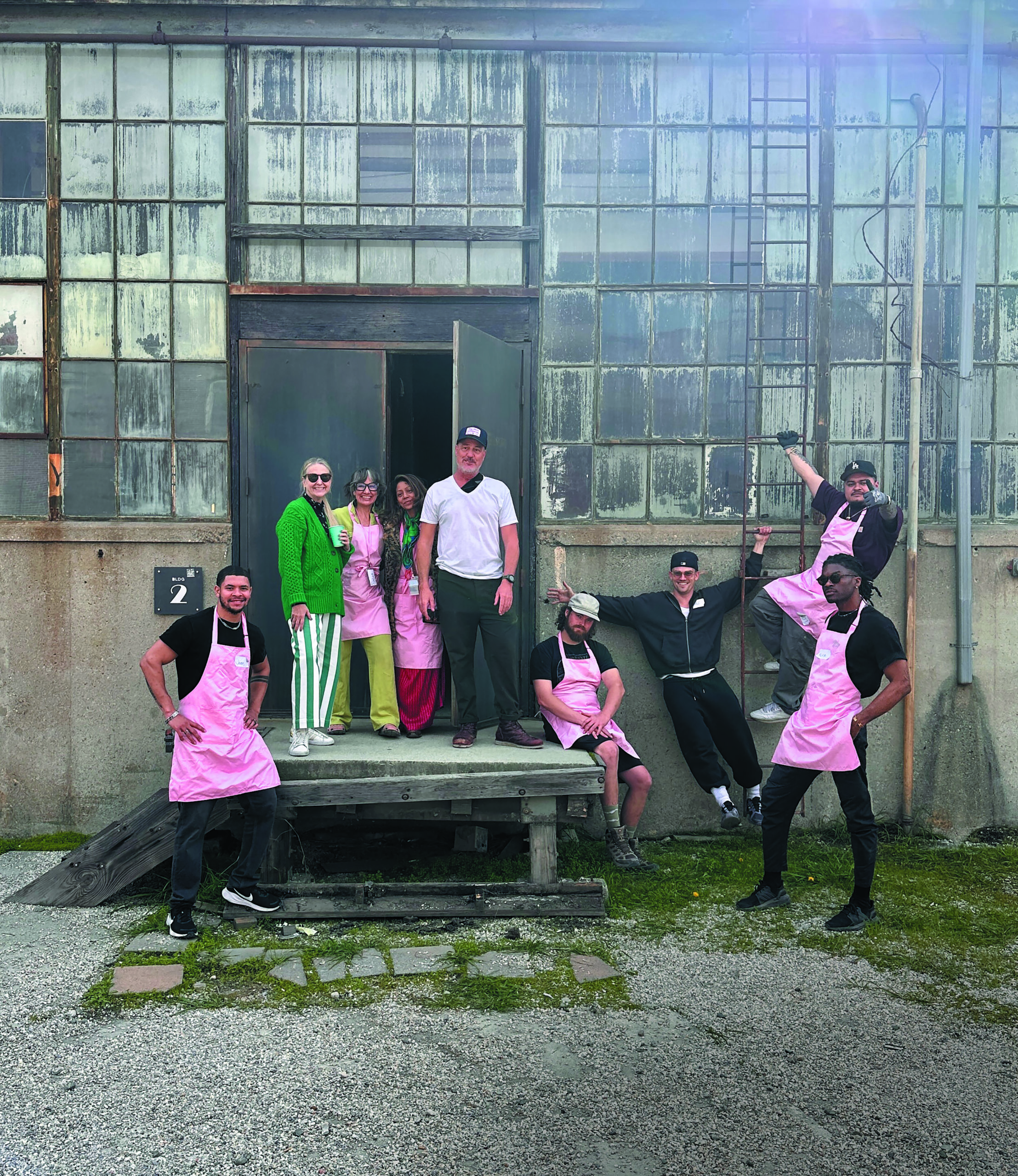On The Block: Auction Catalogues As Master Classes In Design, Part Two
Author:Philip FerratoThe second post in a series about auction houses’ online sales and how online catalogues have become an invaluable resource to anyone interested in 20th Century art and design. Even if you’re not buying, there’s gold to be mined in their websites.
Online auction catalogues are a visual treasure trove, full of surprises, with free lessons in design history and invaluable in developing your own sense of connoisseurship. Today, buying online globally has never been simpler, with auction houses making it easier than ever to get an object from their salesrooms to you living room.
To re-cap from the previous post: It all started in the last century, of course, with eBay, in what was a free-wheeling, Wild West of miscellaneous treasures and non-treasures, surprises and mis-attributions. Since then, a number of factors have brought high-ticket items to online sales, Often it’s just economics– a big firm like Sotheby’s can’t make enough on objects under $5K to warrant a physical presence in their salesrooms, while smaller, niche auction houses like Wright in Chicago and Rago (in Lambertville, New Jersey) can afford to do both. Plus, increasingly, consumers of luxury goods are more confident about online transactions. Information about prices previously realized is available online, so what was once an arcane and mysterious process dominated by dealers is now very much open to literally thousands of bidders. And lastly, auction houses have met this challenge with outstanding web presences, websites that are golden for looking at both the market and studying the objects themselves. They’re free, although you may have to register for in-depth information like condition reports.
Last week, we looked at Wright, the specialists in great 20th Century design. This week, it’s Rago Arts, based in semi-rural Lambertville, New Jersey, roughly equidistant from Philadelphia and New York. They can display a tremendous amount of material in relatively inexpensive real estate, but their easily navigated website literally brings them onto a global platform. Check out this video interview with David Rago, the founder and principal for a fascinating glimpse into how the art and antiques business has changed. Rago has become one of the primary auction sources for pottery and glass, and there’s a lot to learn from their catalogues, especially the upcoming Early 20th Century Design sale on January 19.
At top, a vase for the British maker Royal Doulton, a firm that began in the Industrial Revolution and provided fine traditonal china for generations, probably including your great-grandparents. But they were also swept up in the Arts + Crafts movement, as shown in this Chang Ware vase from the 1920s. At only 7.5-inches high, it has a monumentality that belies its size and is expected to fetch between $1,500 to $2,000, plus it could also send you directly to Wikipedia to find out that its designer, Charles Noke, was Dolton’s design director with a long career in ceramics.
Or you could salivate over a lovely hammered copper and mica lamp, estimated to realize $3,000 to $4,000, by San Francisco metalworker Dirk Van Erp.
It’s a fascinating catalogue, full of stars like the protean American potter George Ohr, glass and metal work by the likes of Josef Hoffman and Tiffany (below) but also full of makers we’ve never heard of but will want to learn more about. Also worth a look, Rago’s Mid-Mod sale of more moderately priced Mid-Century design, and the epic Modern Design sale, with more George Nakashima than you can shake a stick at.





